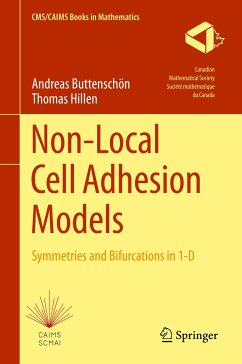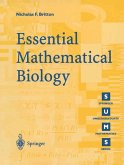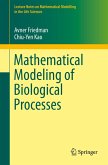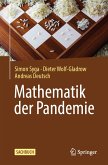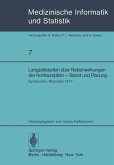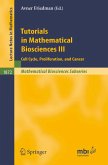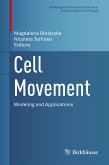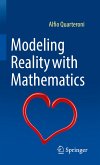This monograph considers the mathematical modeling of cellular adhesion, a key interaction force in cell biology. While deeply grounded in the biological application of cell adhesion and tissue formation, this monograph focuses on the mathematical analysis of non-local adhesion models. The novel aspect is the non-local term (an integral operator), which accounts for forces generated by long ranged cell interactions. The analysis of non-local models has started only recently, and it has become a vibrant area of applied mathematics. This monograph contributes a systematic analysis of steady states and their bifurcation structure, combining global bifurcation results pioneered by Rabinowitz, equivariant bifurcation theory, and the symmetries of the non-local term. These methods allow readers to analyze and understand cell adhesion on a deep level.
Dieser Download kann aus rechtlichen Gründen nur mit Rechnungsadresse in A, B, BG, CY, CZ, D, DK, EW, E, FIN, F, GR, HR, H, IRL, I, LT, L, LR, M, NL, PL, P, R, S, SLO, SK ausgeliefert werden.

